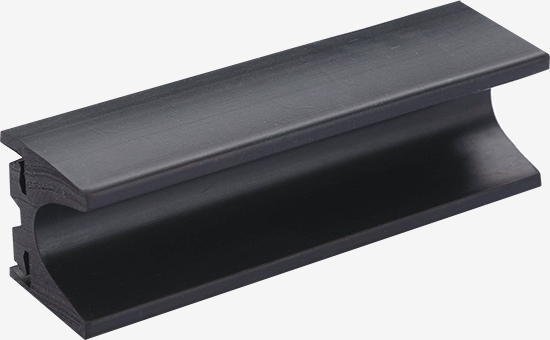
Sulfur is produced by calcination, melting, cooling and crystallization of pyrite, and it is a commonly used vulcanizing agent in the production of rubber products. Sulfur vulcanizate has the advantages of high tensile strength, wear resistance, fatigue and crack resistance, and good dynamic and static mechanical properties. In actual production, different types of rubber products have different performance requirements and require different amounts of sulfur; the solubility of sulfur in different types of rubber is different, and manufacturers need to fully consider various factors and avoid sulfur injection.
1. Sulfur commonly used in rubber products
The sulfur used in the production of rubber products includes ordinary sulfur powder, insoluble sulfur, limb sulfur, precipitated sulfur, sublimated sulfur, deacidified sulfur, and non-crystalline sulfur. Among them, sulfur powder is made by crushing and screening sulfur blocks, which is the most widely used sulfur variety in the production of rubber products 2YLYY79. Insoluble sulfur has the characteristics of being insoluble in rubber, and it is not easy to produce early vulcanization and sulfur injection in the rubber. It is more used in important rubber products such as steel wire tires.
In addition, the average particle size of limb sulfur is 1-3μm, the sedimentation speed is low, and the dispersion is uniform. It is mainly used for latex products. Precipitated sulfur has high dispersibility in the rubber compound and is suitable for the manufacture of high-grade products, rubber cloth, latex film products, etc. Non-crystalline sulfur can prevent the formation of insoluble crystalline sulfur during rubber vulcanization.
2. Technical requirements for sulfur in rubber products
When rubber products are vulcanized with sulfur, three main technical requirements are put forward for sulfur.
(1) Purity: Purity is the most important technical requirement for sulfur in rubber products. Generally, when the content of impurities is high, the amount of sulfur should be appropriately increased.
(2) Degree of dispersion: Sulfur is too fine (when the average particle size is less than 3-5μm), it is easy to agglomerate during mixing and it is difficult to disperse.
(3) Acidity: Too much sulfuric acid will delay vulcanization, and will interact with carbonate components to produce bubbles, which will directly affect the quality of rubber products.
Rubber can be divided into three categories: natural rubber, synthetic rubber and reclaimed rubber, which are used to produce all kinds of rubber products. At present, common rubber products on the market include tires, hoses, tapes, rubber shoes, rubber rollers, battery shells, etc., which are roughly divided into soft rubber, semi-hard rubber and hard rubber. The amount of sulfur in different types of rubber products varies greatly. , The next edition will continue to share with you the specific usage and dosage of sulfur in various rubber products.
Exclusive original article [commercial authorization] reprint, excerpt and excerpt in any form are prohibited without written authorization. Focus on Hongyun rubber: learn the process formula and raw material technology of producing rubber products from recycled rubber to help you reduce costs and increase profits